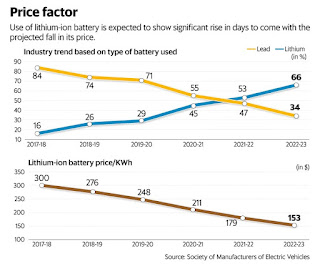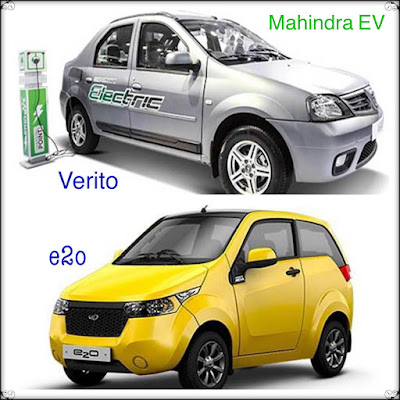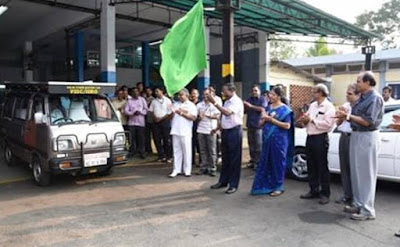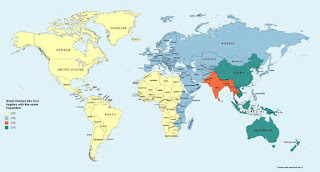I had the good opportunity to read an interesting article in HBR of May '19 titled "Don't break up Facebook, treat it like a utility"
At first the article and is contents went over my head. I had not come across any conversation nor articles till then that discussed the exploitative business aspects of social media. Then I decided, as a Bschool professor, how can I let it go just like that without straining my intellect at least a bit ?
The article I found stressed on why free apps like FB, Google etc need to be reined in to prevent their undue exploitation of the customers.
We all know by now, these apps cannot be totally disbanded by governments or legislation or taken out of global service as they contribute in no small measure to many aspects of consumer interest, facilitating seamless communication and the power of networking - helping make global communities and reducing the threat of war and destruction ..
However, to prevent undue exploitation of customers, clear policy guidelines need to be brought in to prevent these finely balanced services from misusing customers from their position of dominance without inviting the wrath of policy regulators from doing away with them outright.
A point which all of us are unaware - Is Facebook and other popular social media apps exploiting customers ? On the face of it it is a big NO .. It is so simple..
As a user of social media, the customer considers himself lucky as he/she is
 You may have heard people say, there is nothing like a free lunch ! Of late, have you observed there is a surge in unsolicited telephone calls and messages coming to your mobile phone asking whether you need a free credit card, quick disbursal loans, opening new bank accounts or insurance policies and what not ! From where did they get your data ? Who has benefited by monetising the customer data ?
You may have heard people say, there is nothing like a free lunch ! Of late, have you observed there is a surge in unsolicited telephone calls and messages coming to your mobile phone asking whether you need a free credit card, quick disbursal loans, opening new bank accounts or insurance policies and what not ! From where did they get your data ? Who has benefited by monetising the customer data ?
Yes, now I think you understand. You were being digitally exploited ! You were not paying any currency to Facebook, Google or other apps, but they were extracting a currency from your digital world without your permission. The currency they extracted was not money but a complex combination of the individual's personal data and attention.
These firms' business models are like the 2 sided platform models.
Imagine, there are almost 2 billion people around the world who have fallen silent prey to this unethical, intelligent exploitation of the ignorant and hapless customers !! It is high time social media sites be made accountable to the public..
When such innovative commercialisation of ideas breeds exploitation of the individual, are the democratic rights of the individual important or the freedom of markets to exploit the ignorance of the customer ?
We need to address this question together - how can the society and world at large act to prevent the exploitation of the individual ?
Ref : Dipayan Ghosh, Dont breakup Facebook, treat it like a utility, HBR, May 2019.
George..
At first the article and is contents went over my head. I had not come across any conversation nor articles till then that discussed the exploitative business aspects of social media. Then I decided, as a Bschool professor, how can I let it go just like that without straining my intellect at least a bit ?
 |
| The popular social media apps |
We all know by now, these apps cannot be totally disbanded by governments or legislation or taken out of global service as they contribute in no small measure to many aspects of consumer interest, facilitating seamless communication and the power of networking - helping make global communities and reducing the threat of war and destruction ..
However, to prevent undue exploitation of customers, clear policy guidelines need to be brought in to prevent these finely balanced services from misusing customers from their position of dominance without inviting the wrath of policy regulators from doing away with them outright.
A point which all of us are unaware - Is Facebook and other popular social media apps exploiting customers ? On the face of it it is a big NO .. It is so simple..
As a user of social media, the customer considers himself lucky as he/she is
- not paying any physical currency to be in touch with his friends over voice calls, video calls
- not paying money to be updated about all events happening around him
- not paying anybody to keep pumping his screen with loads and loads of modern and latest information, developments and knowledge
- not paying anybody to keep himself informed and educated with latest developments happening around the world through videos on Youtube etc ..
 You may have heard people say, there is nothing like a free lunch ! Of late, have you observed there is a surge in unsolicited telephone calls and messages coming to your mobile phone asking whether you need a free credit card, quick disbursal loans, opening new bank accounts or insurance policies and what not ! From where did they get your data ? Who has benefited by monetising the customer data ?
You may have heard people say, there is nothing like a free lunch ! Of late, have you observed there is a surge in unsolicited telephone calls and messages coming to your mobile phone asking whether you need a free credit card, quick disbursal loans, opening new bank accounts or insurance policies and what not ! From where did they get your data ? Who has benefited by monetising the customer data ?Yes, now I think you understand. You were being digitally exploited ! You were not paying any currency to Facebook, Google or other apps, but they were extracting a currency from your digital world without your permission. The currency they extracted was not money but a complex combination of the individual's personal data and attention.
These firms' business models are like the 2 sided platform models.
Extract the end customer's currency on one end of the platform (the customer's personal data and attention) and trade it for monetary returns at higher rates at the other end of the platform.All this happens without the hapless customer's knowledge or consent !! And the customer cares less, as he is unaware of this new business model ..
Imagine, there are almost 2 billion people around the world who have fallen silent prey to this unethical, intelligent exploitation of the ignorant and hapless customers !! It is high time social media sites be made accountable to the public..
When such innovative commercialisation of ideas breeds exploitation of the individual, are the democratic rights of the individual important or the freedom of markets to exploit the ignorance of the customer ?
We need to address this question together - how can the society and world at large act to prevent the exploitation of the individual ?
Ref : Dipayan Ghosh, Dont breakup Facebook, treat it like a utility, HBR, May 2019.
George..

























